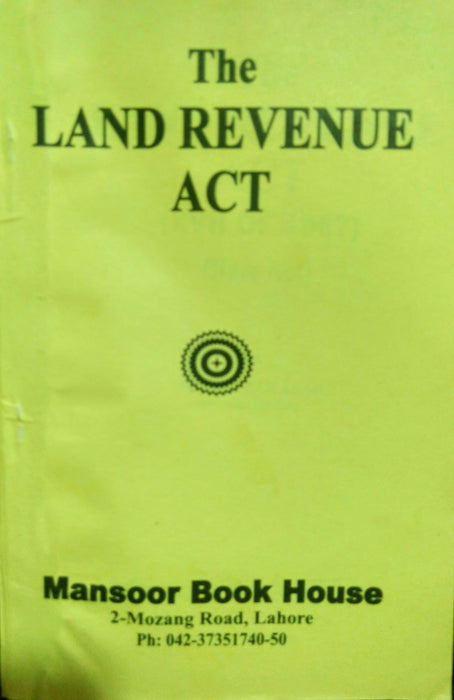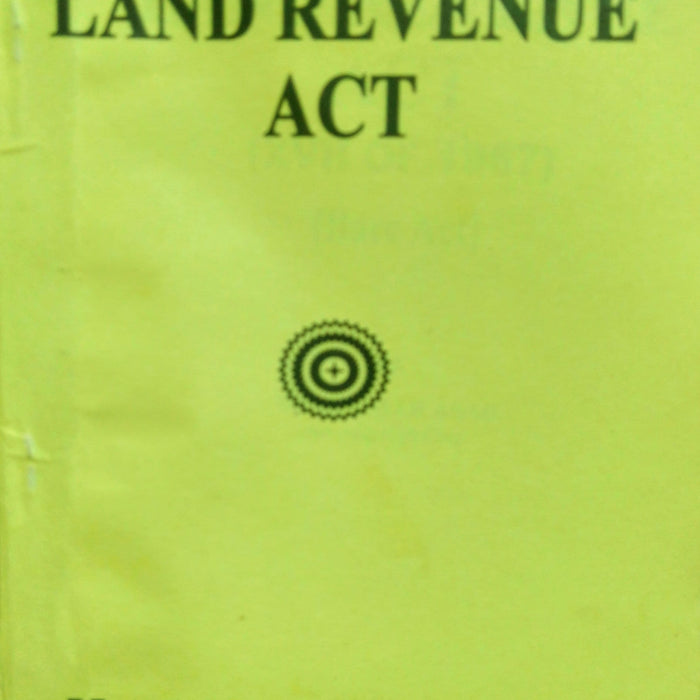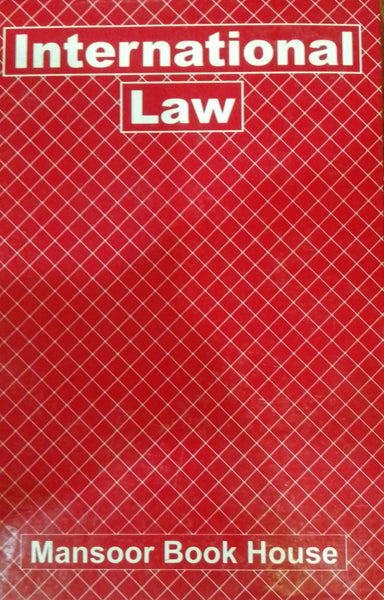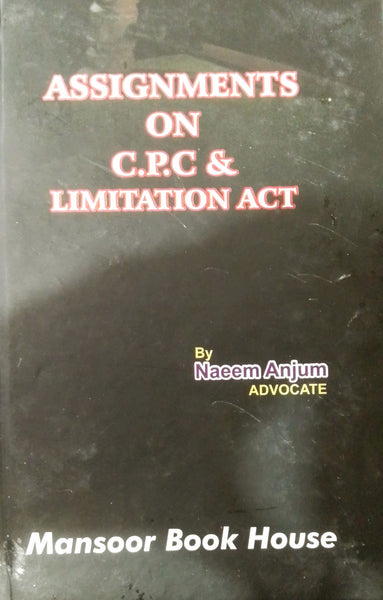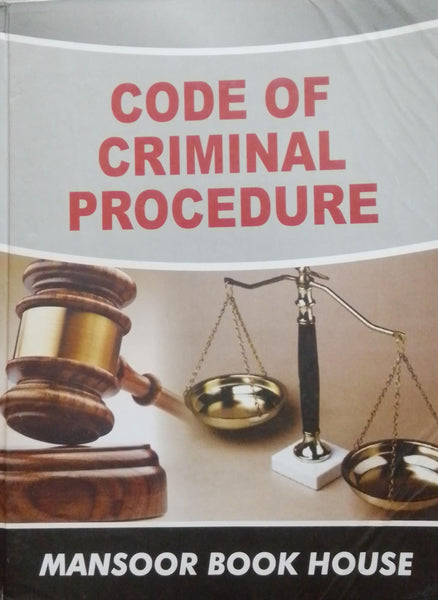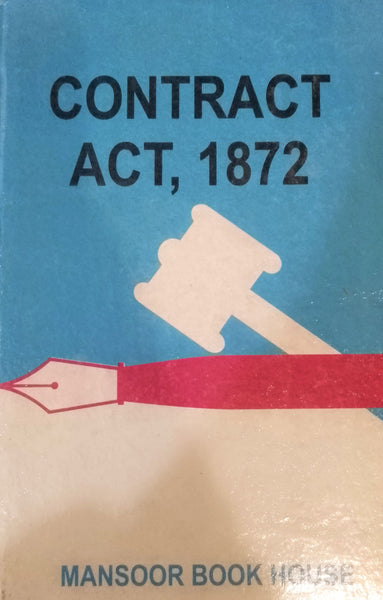The Land Revenue Act, 1967 (Bare Act)
- Publisher: MANSOOR BOOK HOUSE
- Availability: In Stock
- SKU: 19155
- Number of Pages: 152
Rs.400.00
Rs.500.00
Tags: 1967 , Appeals Process , Dispute Resolution , Jurisdiction , Land Administration , Land Inheritance , Land Laws , Land Records , Land Revenue Act , Land Revenue Management , Land Rights , Land Survey , Landholder Responsibilities , Legal Document , MANSOOR BOOK HOUSE , MBH , Penalties , Property Disputes , Property Laws , Property Management. , Record of Rights , Revenue Assessment , Revenue Authority , Revenue Collection , Revenue Officers , Revenue Recovery , Settlement Procedures , Taxation , Tenancy Rights
The Land Revenue Act, 1967 (Bare Act) is a legal text outlining the regulations, processes, and responsibilities related to land revenue administration within certain jurisdictions. This act covers various aspects of land revenue management, including the collection of revenue, records of land rights, land surveys, settlement procedures, and the responsibilities of revenue officers. It serves as a foundational legal framework for handling land-related affairs.
Key Sections and Themes of the Act:
-
Title and Jurisdiction
- Explanation: Specifies the name and geographical scope of the act, indicating the regions or states where it applies. This section sets the foundation for the act's applicability and enforcement.
-
Definitions
- Explanation: Lists important definitions for terms used within the act, such as "land revenue," "landholder," and "survey number." This section clarifies terminology, ensuring that stakeholders have a common understanding.
-
Administration and Revenue Officers
- Explanation: Details the hierarchy of revenue officers, their powers, and duties. This includes roles such as the Collector, Deputy Commissioner, Tehsildar, and their responsibilities in managing land revenue affairs.
-
Land Records and Documentation
- Explanation: Establishes the protocols for maintaining land records, including the ownership and transfer of land. It mandates the creation and upkeep of records of rights and registers for land revenue.
-
Survey and Settlement
- Explanation: Provides guidelines on surveying land, assessing land boundaries, and defining property limits. This section covers procedures for conducting land surveys and settlement operations, ensuring land areas are accurately measured and recorded.
-
Assessment and Collection of Land Revenue
- Explanation: Outlines the methods for calculating, assessing, and collecting land revenue. This section also details the procedures for imposing taxes and the criteria for determining land revenue rates.
-
Land Rights and Tenancy
- Explanation: Covers rights and duties of landholders and tenants, including inheritance, transfer, and tenancy agreements. This section protects the rights of tenants and establishes guidelines for landlords.
-
Revenue Recovery Procedures
- Explanation: Describes the steps for recovering unpaid land revenue. It also provides legal mechanisms for enforcing payment, including penalties for defaulting landholders.
-
Dispute Resolution and Appeals
- Explanation: Sets out the process for resolving disputes related to land revenue, ownership, and tenancy. It includes provisions for appeals to higher revenue authorities.
-
Penalties and Legal Actions
- Explanation: Defines the penalties for violations of the act, including fines and legal actions against offenders. It ensures adherence to land revenue regulations.
Conclusion:
The Land Revenue Act, 1967 (Bare Act) is an essential legal document for the administration of land revenue and property rights. It serves as a comprehensive guide for revenue officers, landholders, and tenants, outlining clear procedures for land records management, revenue collection, and dispute resolution. This act is crucial in maintaining orderly and fair land administration within its jurisdiction.
════ ⋆★⋆ ═══
Writer ✤ MANSOOR BOOK HOUSE

